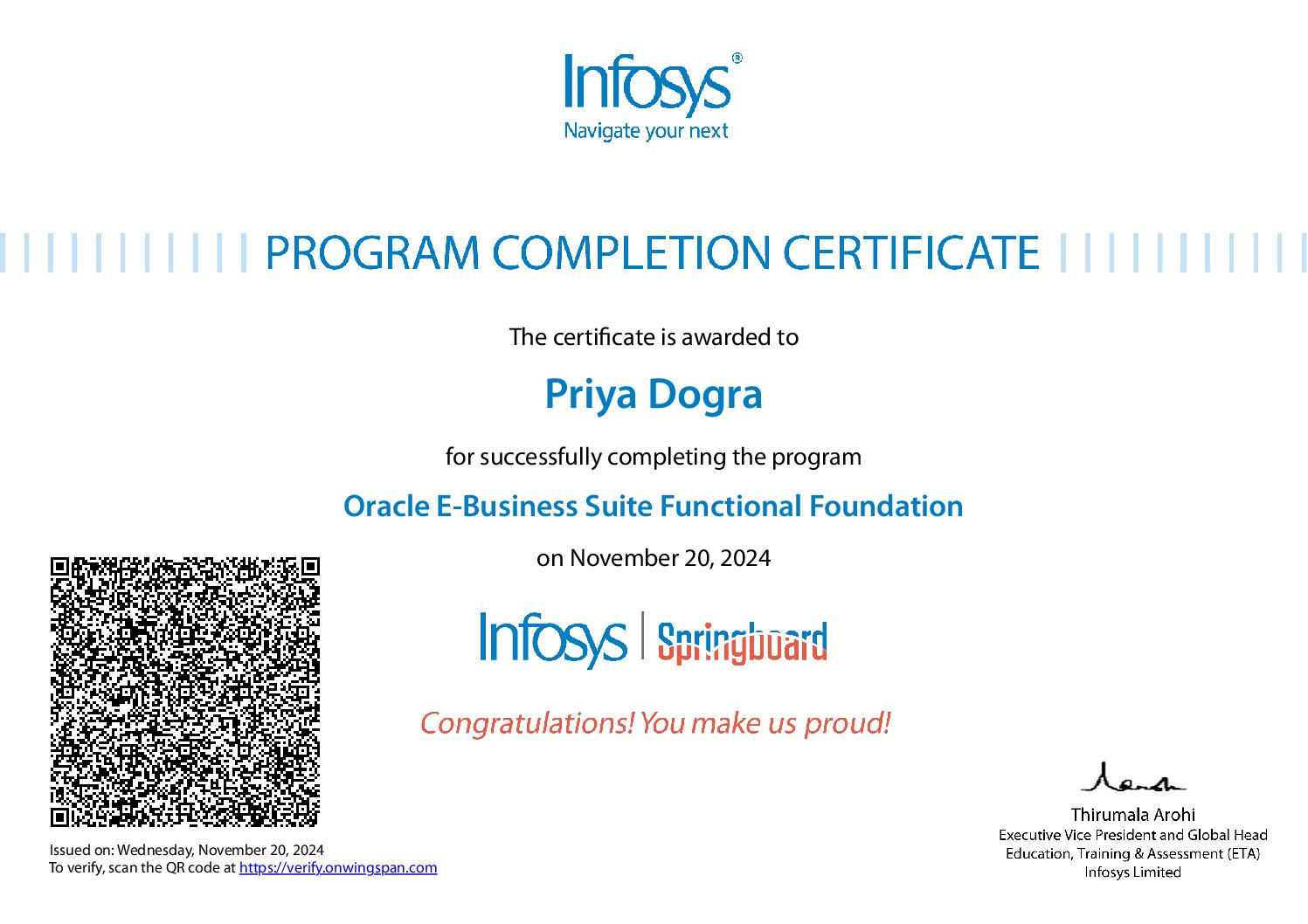Enroll Here: Natural Language Processing in TensorFlow Coursera Certification
Week 1 Quiz Answers: Natural Language Processing in TensorFlow Coursra Quiz Answers
Question 1: What is the name of the object used to tokenize sentences?
- Tokenizer
- WordTokenizer
- CharacterTokenizer
- TextTokenizer
Question 2: What is the name of the method used to tokenize a list of sentences?
- fit_on_texts(sentences)
- tokenize(sentences)
- tokenize_on_text(sentences)
- fit_to_text(sentences)
Question 3: Once you have the corpus tokenized, what’s the method used to encode a list of sentences to use those tokens?
- texts_to_tokens(sentences)
- text_to_sequences(sentences)
- text_to_tokens(sentences)
- texts_to_sequences(sentences)
Question 4: When initializing the tokenizer, how to you specify a token to use for unknown words?
- out_of_vocab=<Token>
- unknown_token=<Token>
- oov_token=<Token>
- unknown_word=<Token>
Question 5: If you don’t use a token for out of vocabulary words, what happens at encoding?
- The word isn’t encoded, and is replaced by a zero in the sequence
- The word is replaced by the most common token
- The word isn’t encoded, and is skipped in the sequence
- The word isn’t encoded, and the sequencing ends
Question 6: If you have a number of sequences of different lengths, how do you ensure that they are understood when fed into a neural network?
- Make sure that they are all the same length using the pad_sequences method of the tokenizer
- Use the pad_sequences object from the tensorflow.keras.preprocessing.sequence namespace
- Specify the input layer of the Neural Network to expect different sizes with dynamic_length
- Process them on the input layer of the Neural Netword using the pad_sequences property
Question 7: If you have a number of sequences of different length, and call pad_sequences on them, what’s the default result?
- Nothing, they’ll remain unchanged
- They’ll get cropped to the length of the shortest sequence
- They’ll get padded to the length of the longest sequence by adding zeros to the beginning of shorter ones
- They’ll get padded to the length of the longest sequence by adding zeros to the end of shorter ones
Question 8: When padding sequences, if you want the padding to be at the end of the sequence, how do you do it?
- Call the padding method of the pad_sequences object, passing it ‘post’
- Pass padding=’post’ to pad_sequences when initializing it
- Call the padding method of the pad_sequences object, passing it ‘after’
- Pass padding=’after’ to pad_sequences when initializing it
Week 2 Quiz Answers: Natural Language Processing in TensorFlow Coursra Quiz Answers
Question 1: What is the name of the TensorFlow library containing common data that you can use to train and test neural networks?
- TensorFlow Datasets
- TensorFlow Data
- TensorFlow Data Libraries
- There is no library of common data sets, you have to use your own
Question 2: How many reviews are there in the IMDB dataset and how are they split?
- 60,000 records, 50/50 train/test split
- 50,000 records, 80/20 train/test split
- 60,000 records, 80/20 train/test split
- 50,000 records, 50/50 train/test split
Question 3: How are the labels for the IMDB dataset encoded?
- Reviews encoded as a number 1-10
- Reviews encoded as a number 0-1
- Reviews encoded as a boolean true/false
- Reviews encoded as a number 1-5
Question 4: What is the purpose of the embedding dimension?
- It is the number of dimensions required to encode every word in the corpus
- It is the number of words to encode in the embedding
- It is the number of dimensions for the vector representing the word encoding
- It is the number of letters in the word, denoting the size of the encoding
Question 5: When tokenizing a corpus, what does the num_words=n parameter do?
- It specifies the maximum number of words to be tokenized, and picks the most common ‘n’ words
- It specifies the maximum number of words to be tokenized, and stops tokenizing when it reaches n
- It errors out if there are more than n distinct words in the corpus
- It specifies the maximum number of words to be tokenized, and picks the first ‘n’ words that were tokenized
Question 6: To use word embeddings in TensorFlow, in a sequential layer, what is the name of the class?
- tf.keras.layers.Embedding
- tf.keras.layers.WordEmbedding
- tf.keras.layers.Word2Vector
- tf.keras.layers.Embed
Question 7: IMDB Reviews are either positive or negative. What type of loss function should be used in this scenario?
- Categorical crossentropy
- Binary crossentropy
- Adam
- Binary Gradient descent
Question 8: When using IMDB Sub Words dataset, our results in classification were poor. Why?
- Sequence becomes much more important when dealing with subwords, but we’re ignoring word positions
- The sub words make no sense, so can’t be classified
- Our neural network didn’t have enough layers
- We didn’t train long enough
Week 3 Quiz Answers: Natural Language Processing in TensorFlow Coursra Quiz Answers
Question 1: Why does sequence make a large difference when determining semantics of language?
- Because the order of words doesn’t matter
- Because the order in which words appear dictate their meaning
- It doesn’t
- Because the order in which words appear dictate their impact on the meaning of the sentence
Question 2: How do Recurrent Neural Networks help you understand the impact of sequence on meaning?
- They look at the whole sentence at a time
- They shuffle the words evenly
- They carry meaning from one cell to the next
- They don’t
Question 3: How does an LSTM help understand meaning when words that qualify each other aren’t necessarily beside each other in a sentence?
- They shuffle the words randomly
- They load all words into a cell state
- Values from earlier words can be carried to later ones via a cell state
- They don’t
Question 4: What keras layer type allows LSTMs to look forward and backward in a sentence?
- Bilateral
- Unilateral
- Bothdirection
- Bidirectional
Question 5: What’s the output shape of a bidirectional LSTM layer with 64 units?
- (128,1)
- (128,None)
- (None, 64)
- (None, 128)
Question 6: When stacking LSTMs, how do you instruct an LSTM to feed the next one in the sequence?
- Ensure that return_sequences is set to True only on units that feed to another LSTM
- Ensure that return_sequences is set to True on all units
- Do nothing, TensorFlow handles this automatically
- Ensure that they have the same number of units
Question 7: If a sentence has 120 tokens in it, and a Conv1D with 128 filters with a Kernal size of 5 is passed over it, what’s the output shape?
- (None, 120, 128)
- (None, 116, 128)
- (None, 116, 124)
- (None, 120, 124)
Question 8: What’s the best way to avoid overfitting in NLP datasets?
- Use LSTMs
- Use GRUs
- Use Conv1D
- None of the above
Week 4 Quiz Answers: Natural Language Processing in TensorFlow Coursra Quiz Answers
Question 1: What is the name of the method used to tokenize a list of sentences?
- tokenize(sentences)
- tokenize_on_text(sentences)
- fit_on_texts(sentences)
- fit_to_text(sentences)
Question 2: If a sentence has 120 tokens in it, and a Conv1D with 128 filters with a Kernal size of 5 is passed over it, what’s the output shape?
- (None, 120, 128)
- (None, 120, 124)
- (None, 116, 128)
- (None, 116, 124)
Question 3: What is the purpose of the embedding dimension?
- It is the number of words to encode in the embedding
- It is the number of dimensions required to encode every word in the corpus
- It is the number of letters in the word, denoting the size of the encoding
- It is the number of dimensions for the vector representing the word encoding
Question 4: IMDB Reviews are either positive or negative. What type of loss function should be used in this scenario?
- Adam
- Binary Gradient descent
- Categorical crossentropy
- Binary crossentropy
Question 5: If you have a number of sequences of different lengths, how do you ensure that they are understood when fed into a neural network?
- Use the pad_sequences object from the tensorflow.keras.preprocessing.sequence namespace
- Make sure that they are all the same length using the pad_sequences method of the tokenizer
- Process them on the input layer of the Neural Network using the pad_sequences property
- Specify the input layer of the Neural Network to expect different sizes with dynamic_length
Question 6: When predicting words to generate poetry, the more words predicted the more likely it will end up gibberish. Why?
- It doesn’t, the likelihood of gibberish doesn’t change
- Because the probability that each word matches an existing phrase goes down the more words you create
- Because the probability of prediction compounds, and thus increases overall
- Because you are more likely to hit words not in the training set
Question 7: What is a major drawback of word-based training for text generation instead of character-based generation?
- Word based generation is more accurate because there is a larger body of words to draw from
- Character based generation is more accurate because there are less characters to predict
- There is no major drawback, it’s always better to do word-based training
- Because there are far more words in a typical corpus than characters, it is much more memory intensive
Question 8: How does an LSTM help understand meaning when words that qualify each other aren’t necessarily beside each other in a sentence?
- They load all words into a cell state
- They don’t
- They shuffle the words randomly
- Values from earlier words can be carried to later ones via a cell state
 Priya Dogra – Certification | Jobs | Internships
Priya Dogra – Certification | Jobs | Internships



